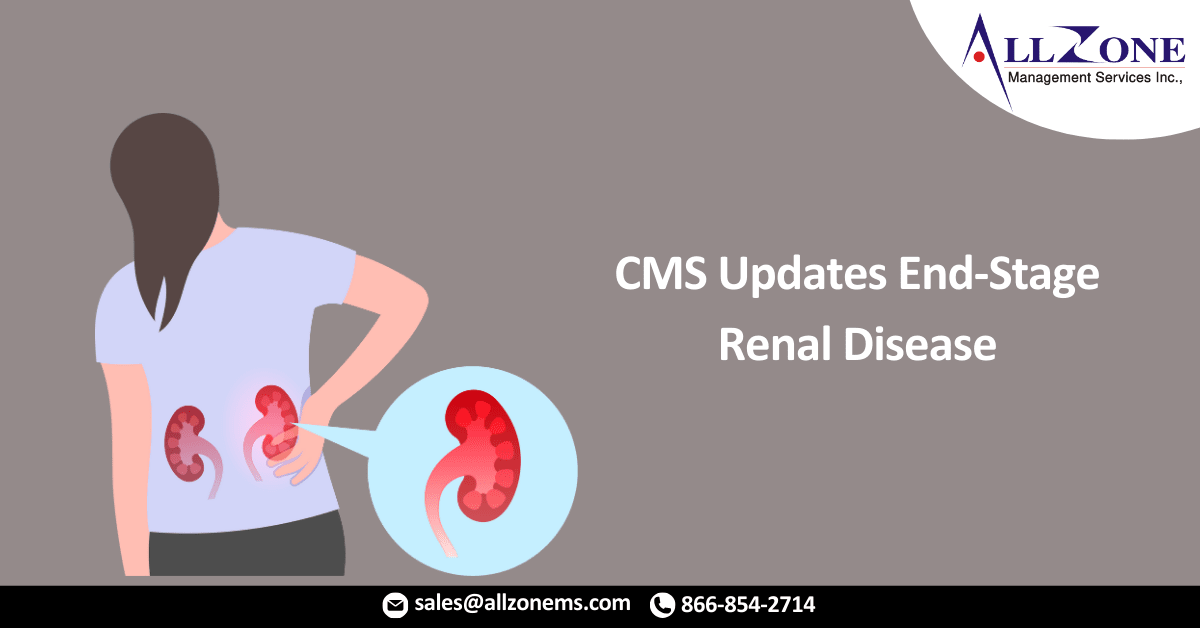The End-Stage Renal Disease (ESRD) Treatment Choices Model is the first to undergo changes to directly address health equity—a new goal for CMS-run alternative payment models.
The ESRD Treatment Choices (ETC) Model is a mandatory alternative payment model (APM) that encourages greater utilization of home dialysis and kidney transplants for Medicare beneficiaries with the chronic condition. The Model began on Jan. 1, 2021, and will now be the first to address health equity under the CMS Innovation Center’s new strategic direction.
In a final rule released on Friday, CMS said the ETC Model, will include a new payment incentive for ESRD facilities and clinicians who manage dialysis patients if they significantly improve home dialysis and kidney transplant rates.
Already, the ETC Model makes payment adjustments to encourage ESRD facilities and “managing clinicians,” as they are called in the Model, to give beneficiaries access to and receive education about kidney disease treatment options. The adjustments are positive for participants for the first three years of the Model. However, participants could receive negative adjustments for claims starting in July 2022 based on their home dialysis and transplant rates among assigned beneficiaries.
The new payment incentive aims to improve the scoring methodology under the ETC Model. CMS also plans to stratify achievement benchmarks by the proportion of assigned beneficiaries who are dual-eligible for Medicare and Medicaid or are “Low-Income Subsidy” patients.
Medicare beneficiaries with racial, ethnic, and socioeconomic factors not only have higher rates of ESRD, but they also are more likely to receive in-center hemodialysis versus home dialysis, according to data from the CMS Office of Minority Health. Additionally, research has shown that non-white ESRD patients are less likely to receive pre-ESRD kidney care, CMS said.
Other changes to the ETC Model include modifications to the home dialysis and transplant rates and the addition of a process for sharing certain beneficiary attribution and performance data with participants. CMS also finalized another programmatic waiver and other flexibilities to boost kidney disease patient education services under the ETC Model.
CMS also included in the final rule updates to the ESRD Prospective Payment System (PPS) and ESRD Quality Incentive Program.
The agency increased the base rate for calendar year (CY) 2022 to $257.90, a nearly $5.00 increase compared to the current base rate. The base rate for dialysis services furnished to acute kidney injury (AKI) beneficiaries will also increase to $257.90 in CY 2022 compared to $253.13 for CY 2021.
Together, the changes to ESRD facility reimbursement rates will boost total payments by 2.5 percent compared to this year. For hospital-based ESRD facilities, that increase is even higher at 3.3 percent. Freestanding facilities can expect a 2.5 percent increase, according to the final rule.
In total, CMS expected to pay about $8.8 billion to the approximately 7,700 ESRD facilities treating Medicare beneficiaries.
CMS also noted that it has approved the first-ever technology under a new policy that allows for enhanced reimbursement for innovative technologies. The approval will specifically aid ESRD facilities by providing an additional option for home dialysis.
“Today’s final rule is a decisive step to ensure people with Medicare with chronic kidney disease have easy access to quality care and convenient treatment options,” CMS Administrator Chiquita Brooks-LaSure said in an announcement on Friday. “Enabling dialysis providers to offer more dialysis treatment options for Medicare patients will catalyze better health outcomes, greater autonomy and better quality of life for all patients with kidney disease.”
UPDATED 11/01/2021: Robert Kossmann, MD, chief medical officer at Fresenius Medical Care North America, told RevCycleIntelligence that the organization supports changes to the ETC Model.
“These changes will help us further drive and transform care to prioritize transplant and home dialysis by better recognizing that treatment choice for many patients is often tied to certain social determinants of health,” Kossmann said in an email. “While we are proud of our efforts to date, with more than 15 percent of all treatments now happening in a home setting and a number of initiatives underway to improve transplant referrals, we know that disparities remain. We are committed to addressing these challenges head on so that everyone has equal access to the support needed for successful home treatment and kidney transplantation.”
For More Information: cms updates end stage renal disease apm pps to address health equity

